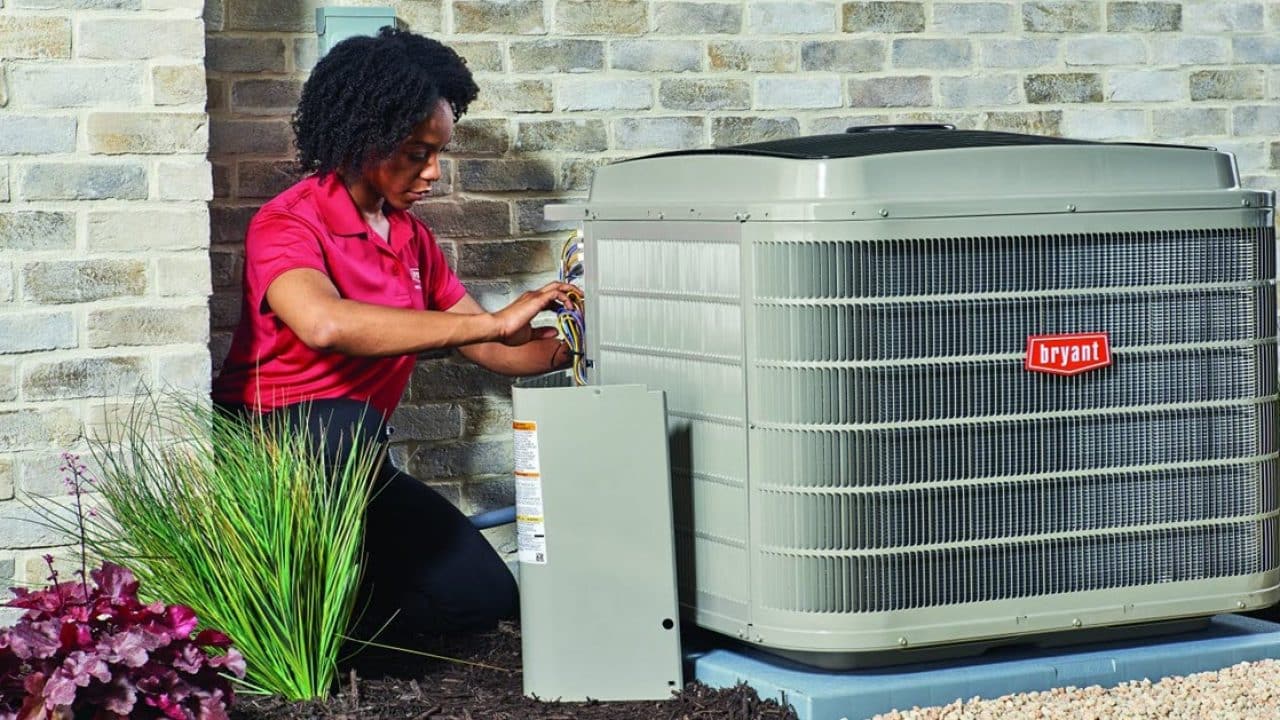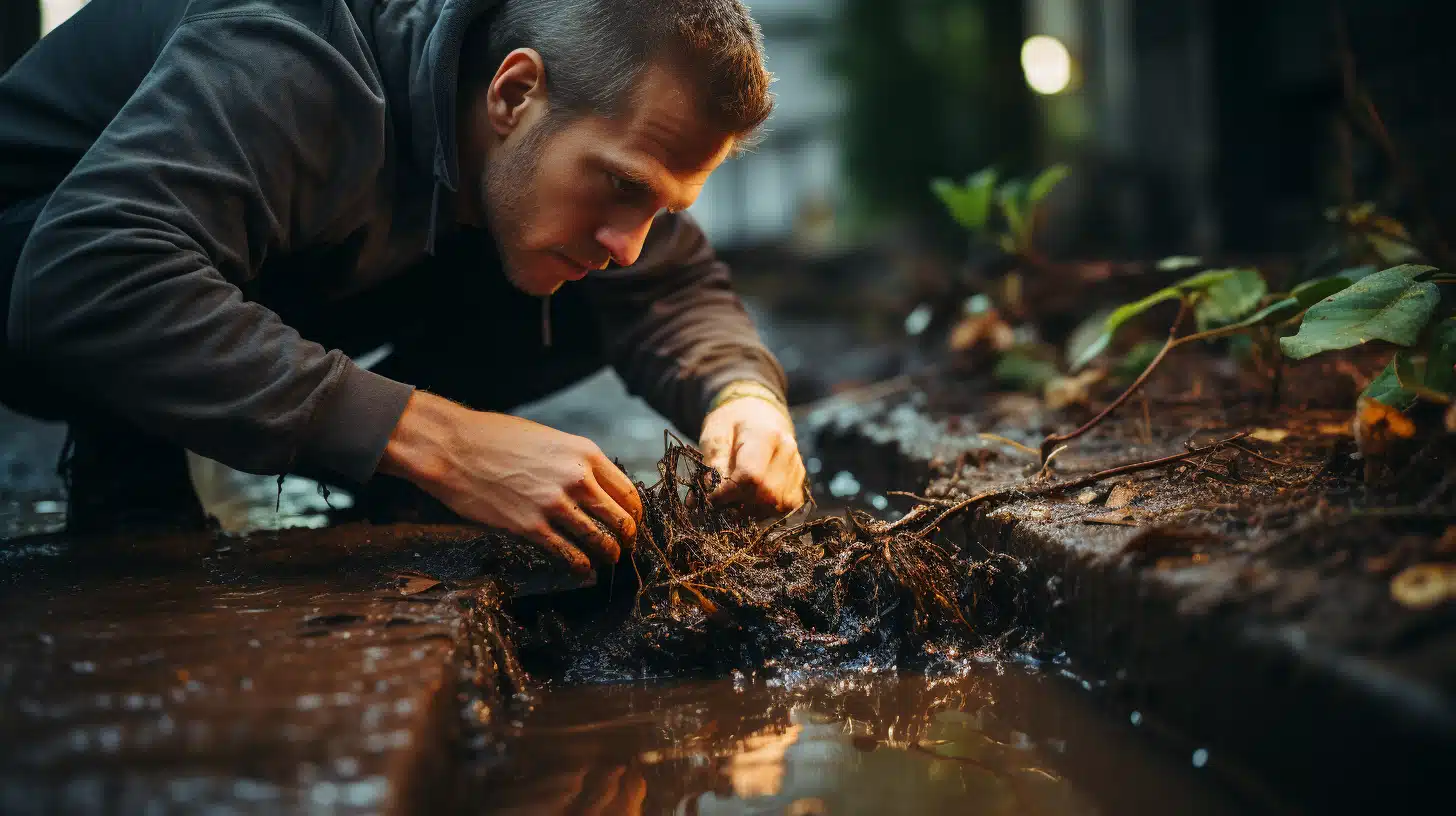Is Your AC Ready for Summer? Top Spring Maintenance Tips for Homeowners
As spring rolls in and the days grow longer and warmer, it’s time to shift your focus from heating to cooling. Your air conditioning system will soon become one of the most crucial components of your home, keeping your living space comfortable as summer temperatures climb. But before the heat hits full force, homeowners should take proactive steps to ensure their AC units are in optimal shape. Whether you’re running a Lennox air conditioner or another reliable brand, spring maintenance is essential for performance, efficiency, and long-term cost savings.
Here are the top spring maintenance tips to prepare your AC for a stress-free summer.
1. Replace or Clean the Air Filters
Air filters trap dust, allergens, and debris from circulating in your home, but they can become clogged surprisingly fast—especially if you have pets or allergies. A dirty filter can restrict airflow, overwork your AC system, and reduce indoor air quality.
Experts recommend replacing your air filter every 1-3 months, depending on usage and household conditions. It’s an easy and affordable task that pays off with improved energy efficiency and better air quality.
2. Clear and Clean the Outdoor Condenser Unit
Over the fall and winter, leaves, branches, and grime can build up around your outdoor AC unit. This can block airflow, reduce system efficiency, and even cause overheating.
Inspect the area around your condenser and remove any debris. Trim back vegetation at least two feet around the unit for proper ventilation. Next, gently rinse the coils and fins with a hose—just be careful not to use high pressure, as it can damage the delicate fins.
3. Test the Thermostat

As simple as it sounds, testing your thermostat before summer starts is crucial. Switch it to cooling mode and set the temperature a few degrees lower than the current room temperature. If your AC doesn’t kick on, or if the readings seem off, there may be a calibration issue.
If you’re still using a traditional thermostat, now might be a good time to upgrade to a programmable or smart model. These devices help optimize cooling schedules, save energy when you’re away, and can often be controlled remotely from your smartphone.
4. Check the Refrigerant Levels
Your AC’s refrigerant is responsible for absorbing and removing heat from your home. If levels are low, your system may not cool effectively—or worse, it could sustain damage over time.
Signs of a refrigerant issue include reduced cooling, ice on the coils, or unusual hissing noises. Since handling refrigerant requires EPA certification, be sure to contact a licensed HVAC technician if you suspect a leak or need a top-up.
5. Clean the Evaporator Coil
The evaporator coil, located inside your air handler, absorbs heat and allows your AC to cool your home. Dust and dirt on the coil can reduce efficiency and even cause the coil to freeze up.
If you’re comfortable, you can inspect the coil yourself by removing the panel of your indoor unit. However, many homeowners opt for a professional tune-up to ensure deep cleaning without risking damage.
6. Inspect the Ductwork for Leaks or Blockages
Leaky or dirty ductwork can undermine your entire cooling system. Not only can it lead to cooled air being lost in the attic or walls, but it can also pull in dust and pollutants that affect your home’s air quality.
Have your ducts inspected for any visible gaps or cracks. Sealing and insulating ducts can improve efficiency by up to 20%. Duct cleaning can also eliminate allergens and improve airflow throughout your home.
7. Flush the Condensate Drain Line
Your AC removes moisture from the air, which drains through a small pipe to the outside. Over time, this drain line can become clogged with mold or algae, leading to water leaks or humidity issues inside your home.
You can prevent this by flushing the line with a mixture of water and vinegar or having it inspected during your spring tune-up. A clean condensate line ensures proper drainage and prevents water damage.
8. Schedule a Professional AC Tune-Up
Even if your system seems to be running fine, a professional inspection is the best way to catch minor issues before they turn into major repairs. During a spring tune-up, a technician will:
- Inspect and clean the coils
- Check refrigerant levels
- Tighten electrical connections
- Lubricate moving parts
- Test airflow and thermostat calibration
This comprehensive checkup ensures your system is operating at peak efficiency, reducing the likelihood of breakdowns in the heat of summer.
9. Do a Full System Test
Before summer arrives, run your AC for 15–30 minutes to ensure everything sounds and feels right. Listen for strange noises, check that the air is cool and consistent, and look out for error messages on your thermostat or smart system. If anything seems off, address it early—before HVAC companies are swamped with emergency calls in peak summer.
Your air conditioner is one of your home’s hardest-working appliances during the summer months. With some basic spring maintenance, you can ensure it’s ready to keep you cool and comfortable. Whether you’re using a high-performance Lennox air conditioner or another trusted brand, these maintenance tips will help you avoid costly repairs, improve energy efficiency, and extend the life of your system.
Take the time now to tune up your AC, and you’ll thank yourself when the heat hits and your home remains a refreshing oasis.







